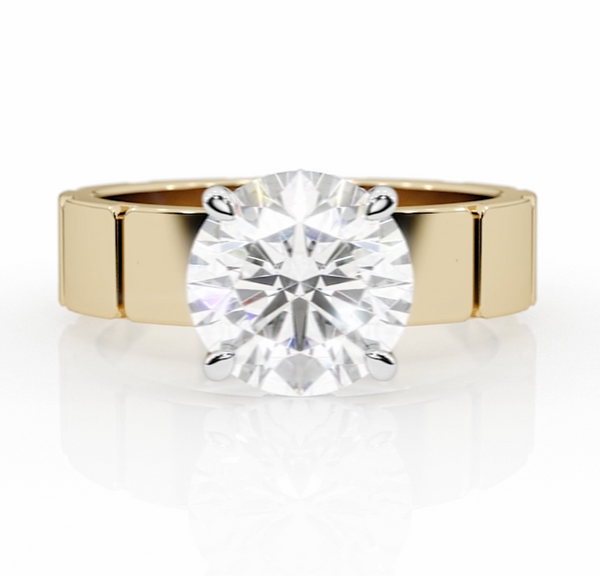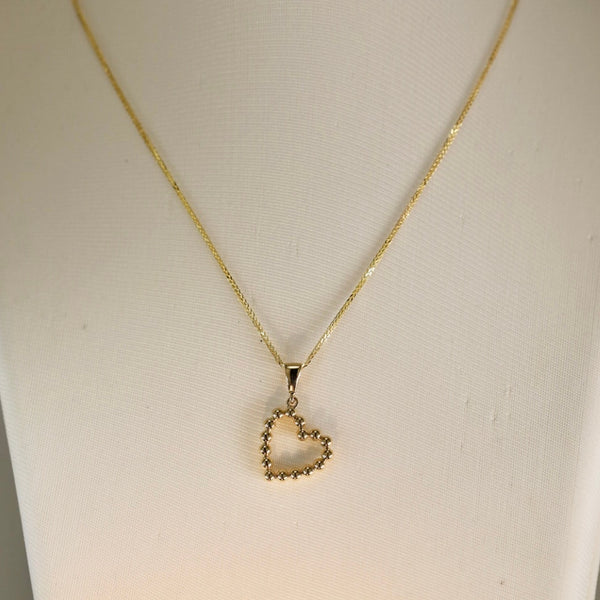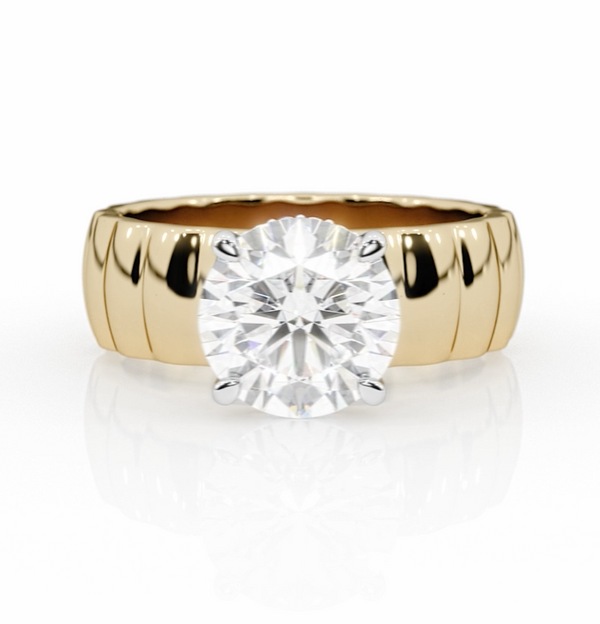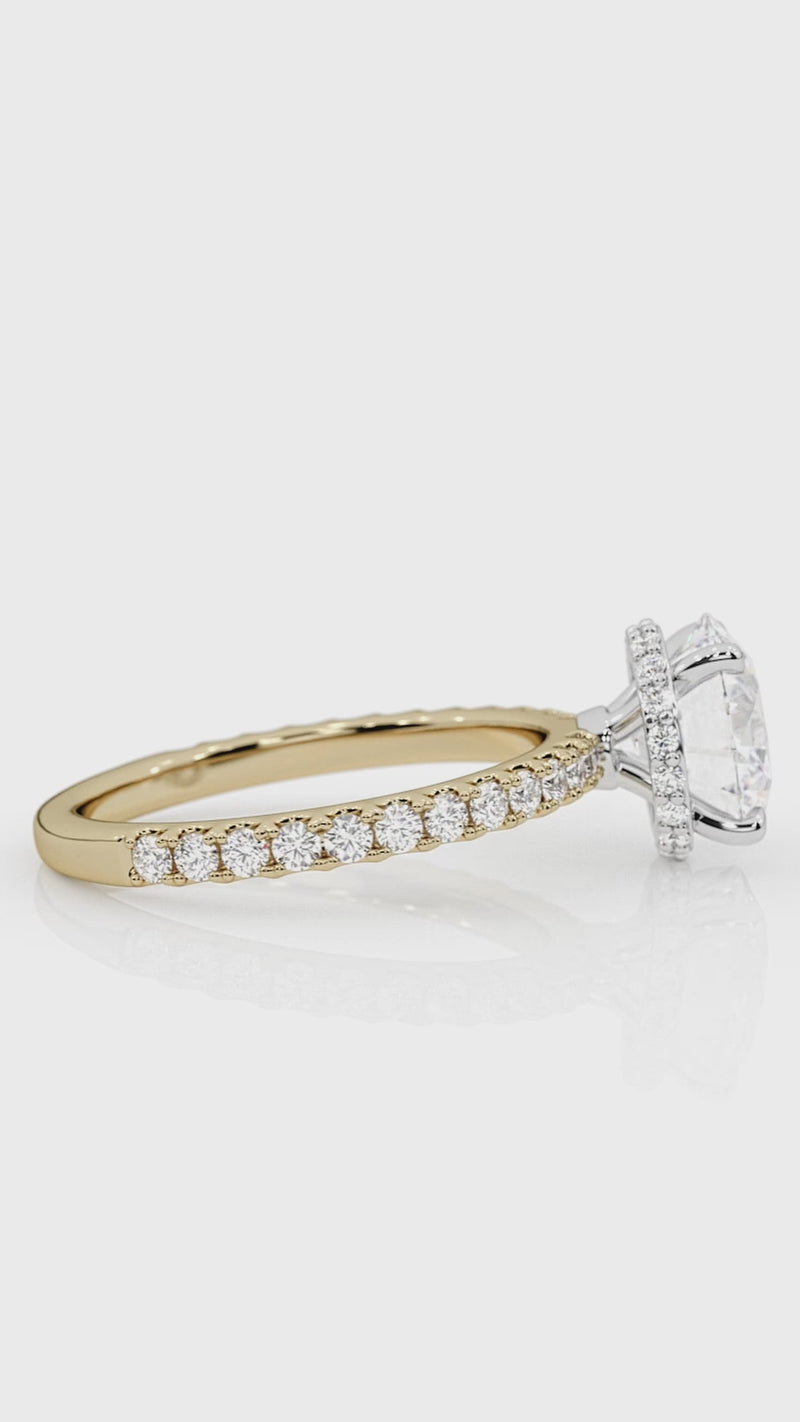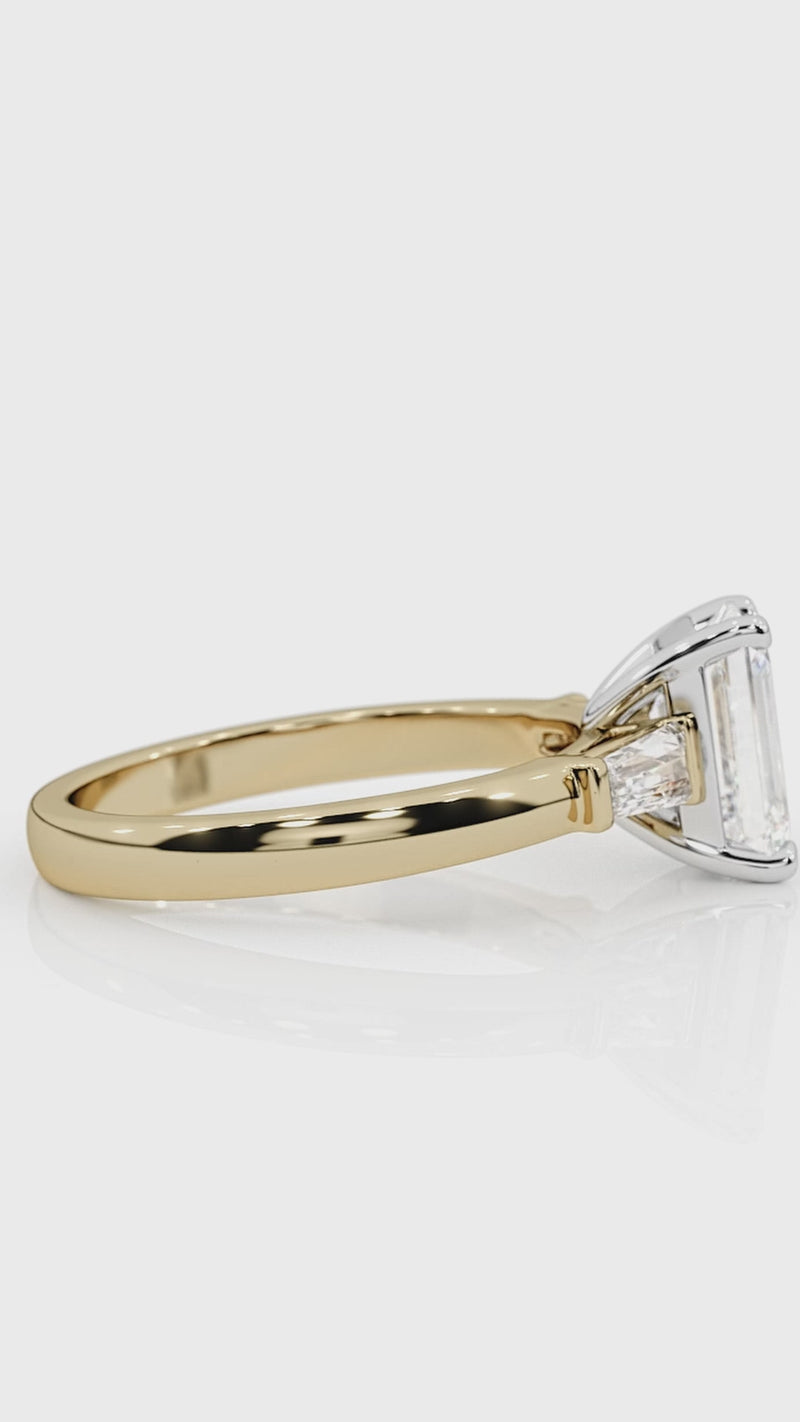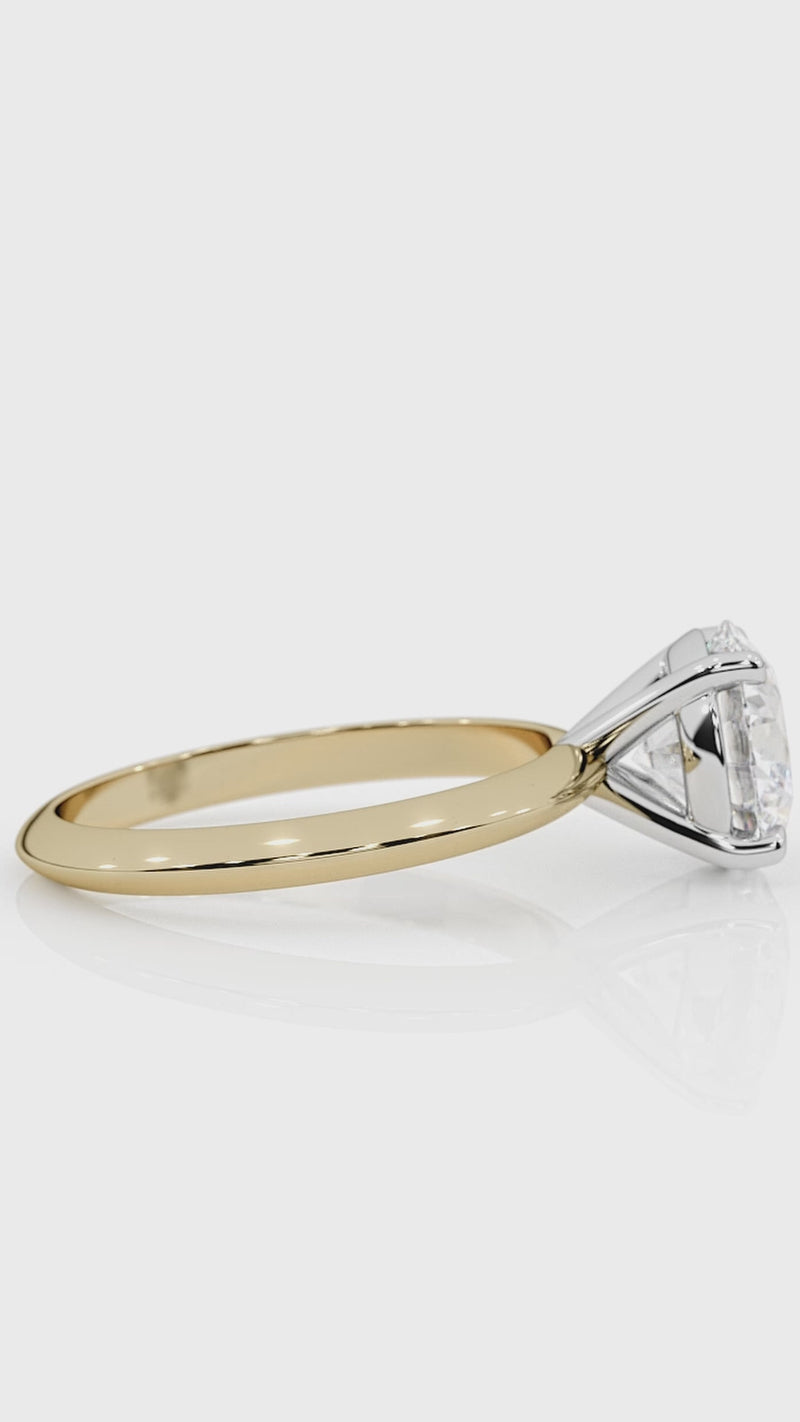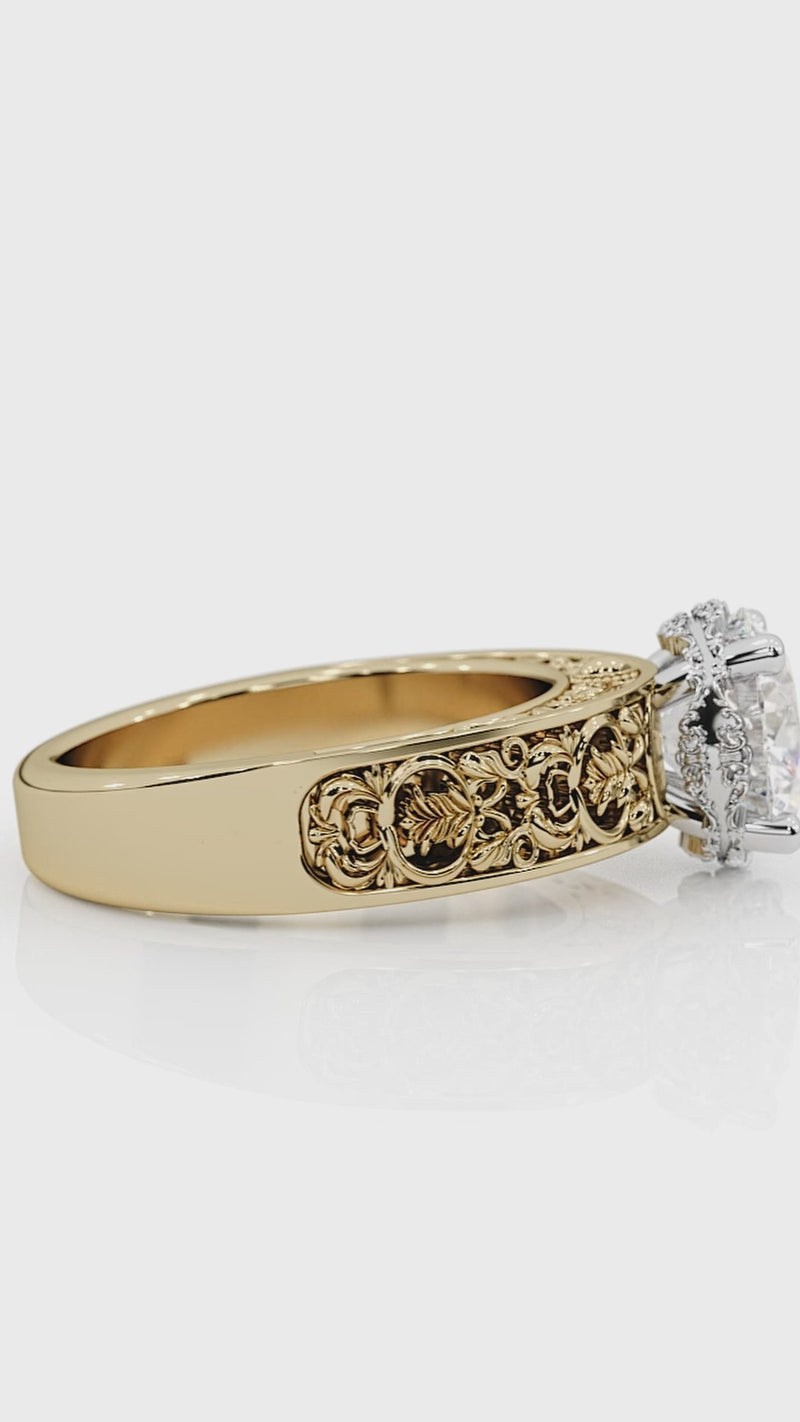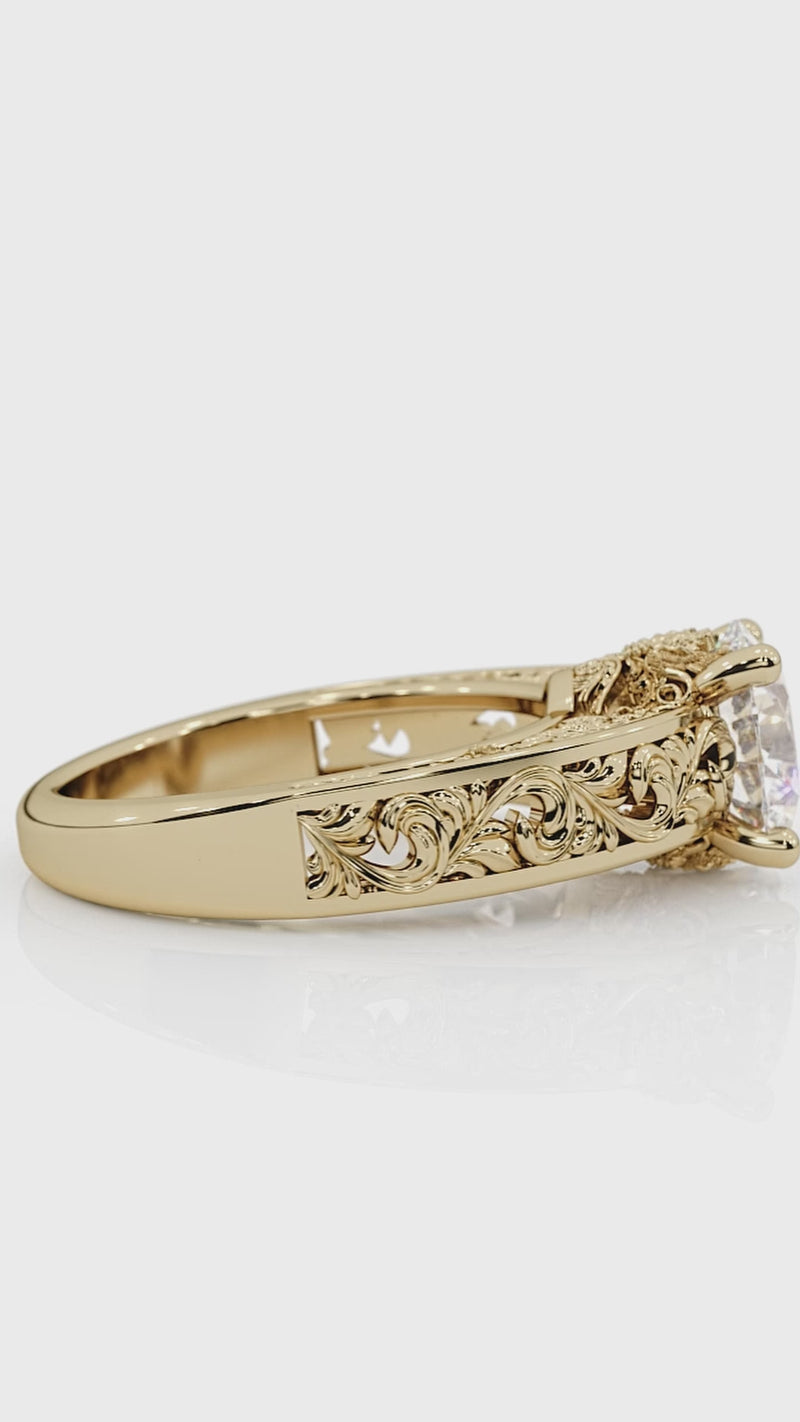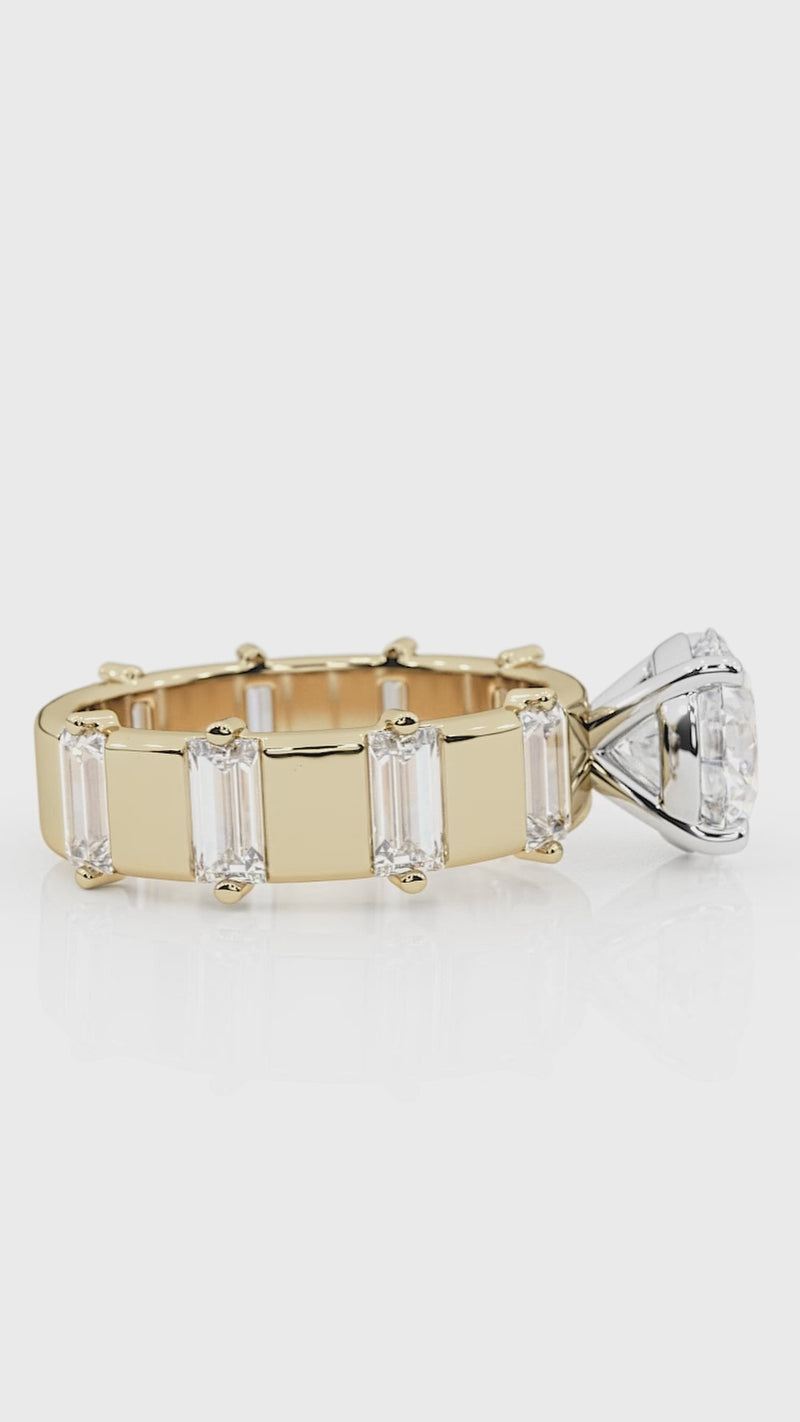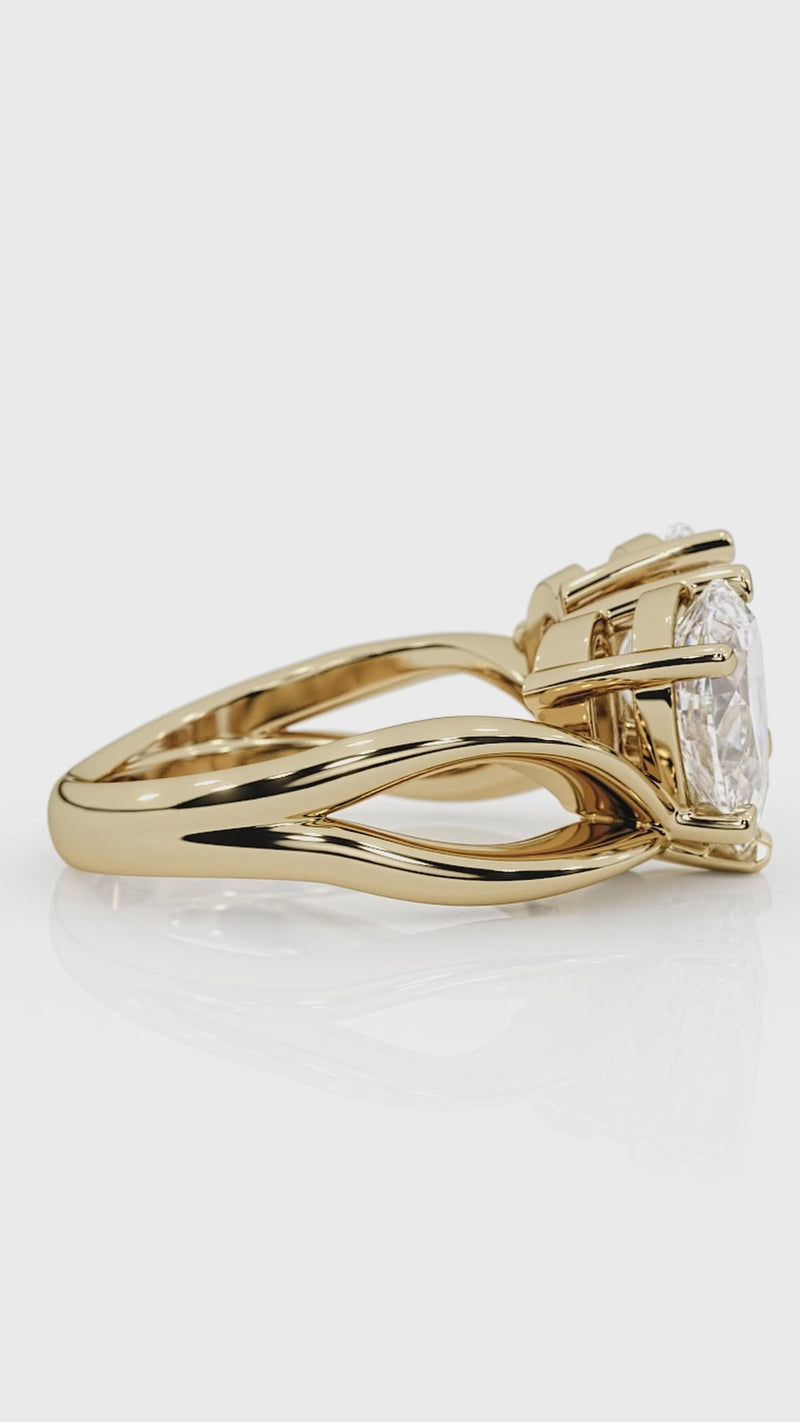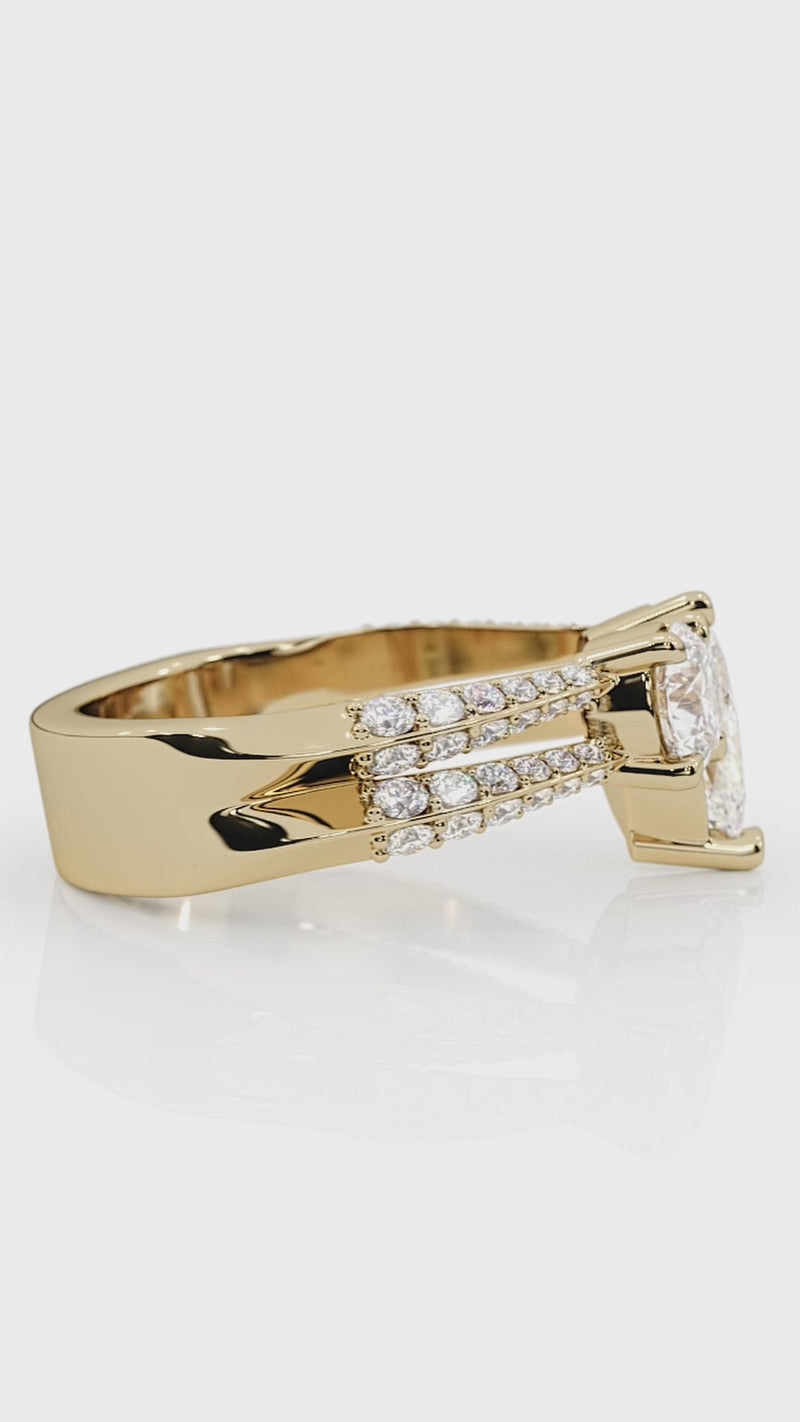Diamond Clarity Chart: The Most Opulent of the 4 Cs
By Nick Coutu
Table of Contents
-
Introduction
- Why the Diamond Clarity Chart Matters
- Interpreting the Diamond Clarity Chart: A Closer Look
- Using the Diamond Clarity Chart to Make Informed Choices
- The 4 Cs in Harmony
- Diamond Clarity Chart Table
- Product Recommendations
- Other Helpful Resources
- FAQ on Diamond Clarity
- Summary
Introduction
Diamonds have captivated human hearts for centuries, symbolizing eternal love, wealth, and prestige. When gem specialists or enthusiasts discuss diamond quality, they often reference the 4 Cs: cut, color, carat, and clarity. Yet among these, clarity can seem overshadowed by the allure of carat weight or the intrigue of color grades. In reality, clarity is the silent hero that subtly impacts a diamond’s beauty—and the key factor we often explore through the diamond clarity chart.
While cut can determine how brilliantly a stone refracts light, clarity ensures there are minimal imperfections to interrupt that display of brilliance. A diamond’s clarity tells the story of its formation under the Earth’s crust over billions of years. From faint inclusions to conspicuous flaws, each mark reveals the gem’s ancient journey before it arrived on your finger or in your collection.
Why the Diamond Clarity Chart Matters
When considering the perfect diamond, you’re bound to look at cut, color, and carat weight. However, the diamond clarity chart offers a more nuanced view of what lies within your chosen stone.
-
Transparency to Light
- Clarity influences how unobstructed the path of light is when it enters and exits the diamond.
-
Flaws or inclusions can reduce the stone’s brilliance, making clarity pivotal to its overall sparkle.
-
Rarity and Value
- The fewer imperfections found, the rarer and more valuable the diamond becomes.
-
High-clarity grades command premium prices, reflecting their scarcity.
-
Visual Appeal
- Even if a diamond has a lower clarity grade, certain inclusions might be invisible to the naked eye.
- It’s essential to understand the clarity grade that best balances beauty and budget.
Interpreting the Diamond Clarity Chart: A Closer Look
The diamond clarity chart typically follows the Gemological Institute of America (GIA) scale. This system ranks clarity based on internal inclusions and external blemishes observed under 10x magnification. Each grade conveys how prominent these characteristics are, though the location, size, and number of inclusions all play a role.
-
Flawless (FL)
No inclusions or blemishes visible at 10x magnification. These stones are exceedingly rare and carry the highest premium.
-
Internally Flawless (IF)
No internal inclusions, but slight surface blemishes might be visible under 10x magnification. Still extremely scarce.
-
Very, Very Slightly Included (VVS1, VVS2)
Inclusions are so minuscule that even trained graders have difficulty spotting them at 10x. These stones appear virtually perfect to the naked eye.
-
Very Slightly Included (VS1, VS2)
Minor inclusions visible at 10x magnification, yet typically not visible to the unaided eye. Popular among buyers for their value and apparent clarity.
-
Slightly Included (SI1, SI2)
Noticeable inclusions under 10x magnification; some may be visible without magnification depending on stone size and position. Often a budget-friendly choice.
-
Included (I1, I2, I3)
Inclusions that are easily noticeable even to the naked eye. These flaws can affect both durability and brilliance.
Bold tip: Meticulous grading ensures that each clarity grade is consistent and reliable across labs. It’s always wise to request a GIA or AGS certificate that details the diamond’s clarity grade, ensuring transparency for your investment.
Name the grade of each diamond below
Referencing the diamond colour chart mentioned above, can you determine which grade each diamond below was given?
Dying to know the answer? Send us a message!
Using the Diamond Clarity Chart to Make Informed Choices
-
Compare Grades
- Study the diamond clarity chart to see where each grade falls.
-
Balance your desire for high clarity with other factors like carat and cut quality.
-
Look for Eye-Clean Stones
- If you prioritize the stone’s overall appearance rather than microscope purity, consider VS or SI grades that are “eye-clean.”
- This helps you save money without sacrificing visible beauty.
-
Factor in Diamond Size
- Larger diamonds can reveal inclusions more easily.
-
Choose the clarity grade carefully if you’re seeking diamonds above 1 carat.
Bold tip: If you have a limited budget, opt for a lower clarity grade that appears eye-clean and invest more in the cut. A well-cut diamond with slight inclusions can outshine a higher-clarity but poorly cut stone.
The 4 Cs in Harmony
-
Cut
- Directly impacts brilliance and fire.
- Pairs with clarity to determine overall visual excellence.
-
Color
- Colorless diamonds (D–F) are rarer, making inclusions more visible in such diamonds.
- Near-colorless (G–J) may mask inclusions slightly.
-
Carat
- Larger diamonds tend to display inclusions more clearly.
- The interplay of size and clarity becomes crucial.
-
Clarity
- The diamond clarity chart is your go-to reference for evaluating internal and external flaws.
- Rarity, value, and brilliance all hinge upon this factor.
Diamond Clarity Chart Table
Below is a concise diamond clarity chart to help you visualize how each grade compares. Remember, these grades assume a standard 10x magnification and professional grading conditions.
| Clarity Grade |
Description |
| FL (Flawless) |
No internal or external blemishes; extremely rare and most valuable |
| IF (Internally Flawless) |
No internal flaws; only minute surface blemishes, also very rare |
| VVS1, VVS2 |
Very, Very Slightly Included; inclusions are difficult to see even under magnification |
| VS1, VS2 |
Very Slightly Included; minor inclusions visible at 10x, typically invisible to naked eye |
| SI1, SI2 |
Slightly Included; inclusions noticeable under 10x, might be visible to unaided eye |
| I1, I2, I3 |
Included; inclusions readily seen, can affect durability and brilliance |
Bold tip: Observing the diamond clarity chart in person (or using high-res images) is the best way to judge whether an inclusion affects a gem’s overall appearance.
Other Helpful Resources
If you’re looking for more insights, be sure to read my other blog posts:
By exploring these resources, you’ll quickly become an expert on the 4 Cs of a diamond and find the ideal piece that captures your unique story.
Time to do some diamond browsing.
If you’re ready to see how these principles apply in real life, check out our Diamond showroom at LCJewellery.com. This page allows you to see the vast number of options you have and ability to narrow down to find your perfect balance of cut, color, carat, and clarity. What do your 4 Cs of a diamond look like? Feel free to send us a message for guidance if you need!
Recommendation: Choosing a certified diamond helps protect your investment and gives you peace of mind about the gem’s specifications, authenticity, and origin.
About Me, Nick Coutu
Hello! I’m Nick Coutu, a passionate second generation jeweler with over 20 years of experience in the diamond industry. My journey began my parents founded Lessard Coutu Jewellery in the same year that I was born. I was raised among sparkling beauty and intricate craftsmanship and lucky for me, diamonds are in my blood. Over the years, I’ve dedicated myself to educating clients, ensuring they feel both informed and confident in their jewelry choices. Through my blog, I aim to simplify complex topics, making them accessible and enjoyable for everyone—from first-time buyers to seasoned collectors.
FAQ on Diamond Clarity
-
Is a Flawless diamond always the best choice?
Flawless diamonds are extremely rare and come with a premium price tag. However, a well-cut VS or SI diamond can appear just as brilliant to the naked eye, making it a more budget-friendly choice.
-
How does carat weight affect clarity?
As carat weight increases, the diamond’s surface area grows, making inclusions more visible. It’s often wise to consider a higher clarity grade for larger stones.
-
Can inclusions weaken a diamond?
In severe cases (especially in the Included range), certain inclusions can affect durability. Always check the diamond’s certification and consult a professional if you’re unsure.
Summary
When selecting the perfect diamond, the diamond clarity chart is an indispensable tool. It reveals the internal story of a gem, helping you weigh the significance of any blemishes or inclusions. While cut, color, and carat are equally important, clarity often determines how brilliantly the stone refracts and reflects light. By understanding these clarity grades, you’re better equipped to make a savvy purchase—whether you prioritize absolute purity or a balance between visual perfection and affordability.
Always use a certified jeweler or gemological lab report for genuine and accurate information about your diamond’s clarity grade.
Thank you for reading and stay tuned for more expert tips and deep dives into the wonderful world of diamonds!









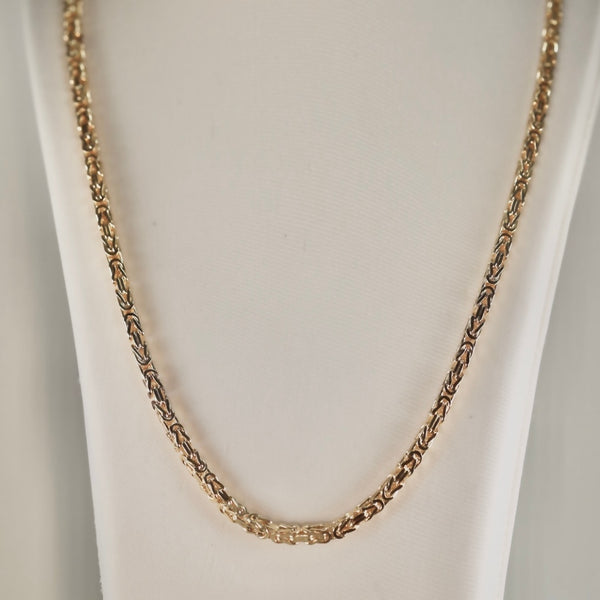

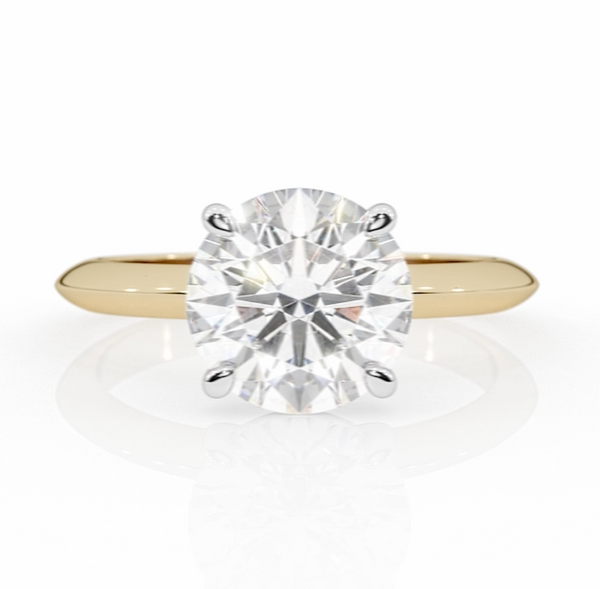

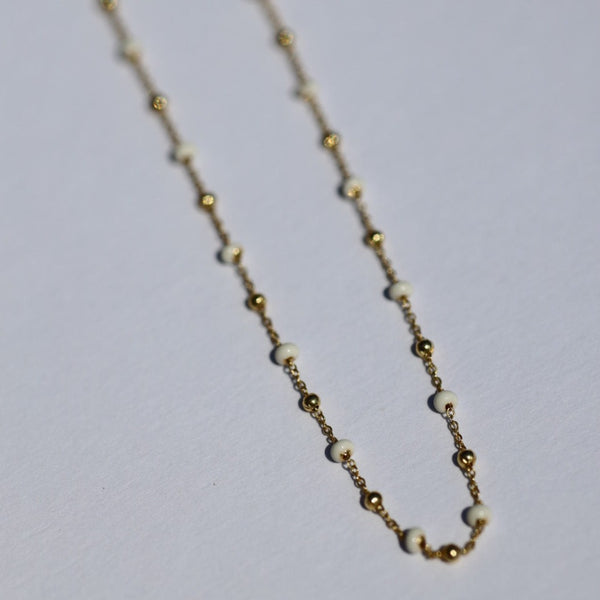
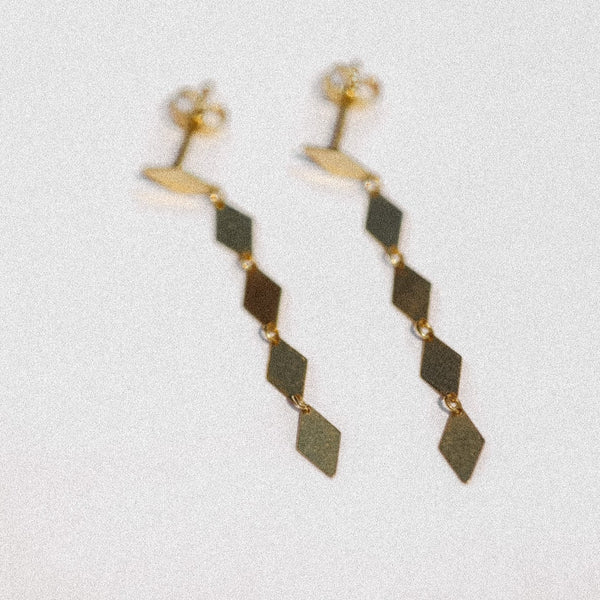
: invalid url input -->)


